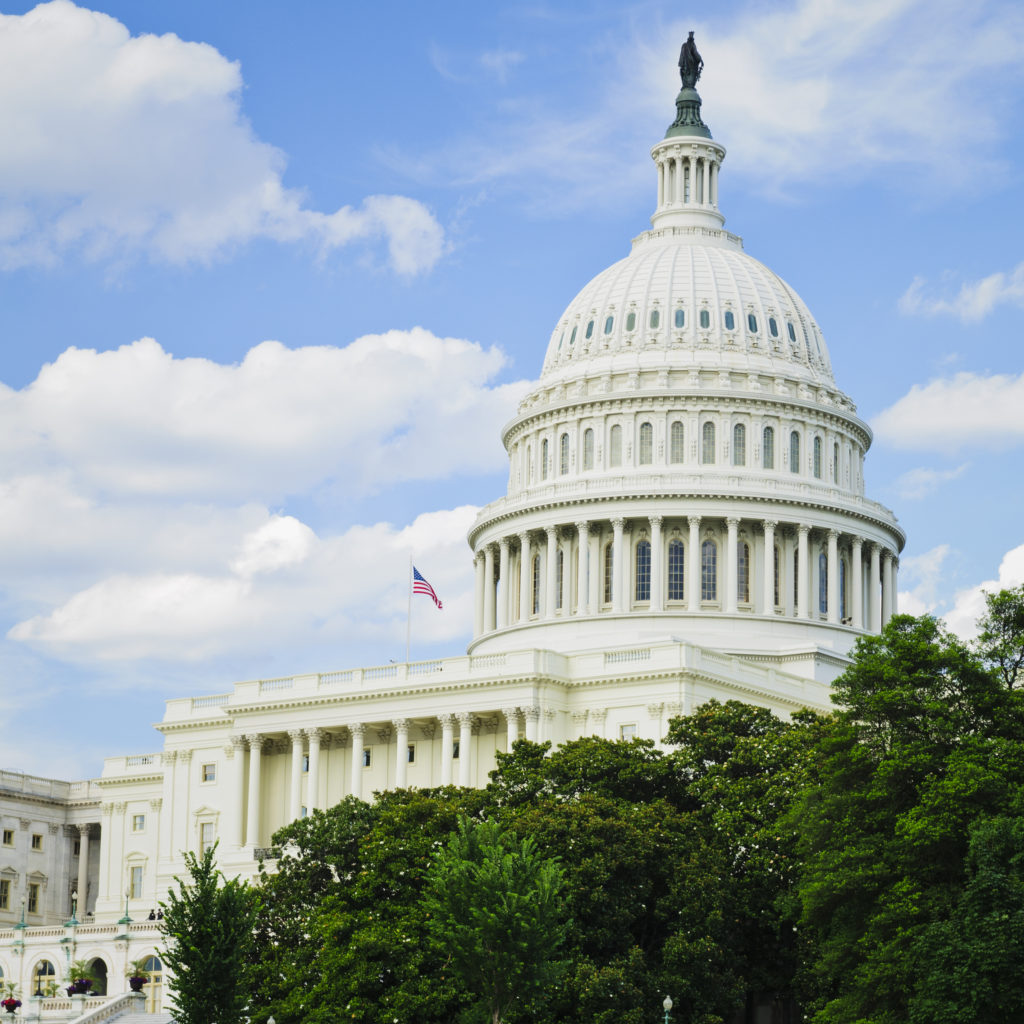Although many may be unaware, 2018 was a huge year for every U.S. citizen.
The continuing efforts to deliver great customer experience (CX) within the private sector are well known. What’s lesser known is that government is paying attention and focusing here too, as evidenced by the Office of Management and Budget (OMB), who began a massive effort last year to turn the notion of a “citizen government” into reality.
A prime example of this focus and effort is the President’s Management Agenda (PMA) which established several Cross-Agency Priority (CAP) Goals to tackle critical government-wide challenges across agencies. CAP Goal 4, “Improving the CX” (see below) is one of the three cross-cutting priorities with a clear goal statement: Provide a modern, streamlined, and responsive CX across government, comparable to leading private-sector organizations.
Last May, I was honored to be included with a select group of CX leaders thought-leaders, consultants, and change leaders across the federal government to share best practices and approaches to help accelerate CX efforts. Passionate leaders from OMB, GSA, and the VA voiced their opinions about how to bring the PMA to life. The Partnership for Public Service moderated the event as we spent nearly four hours scrimmaging ideas with healthy debate about how best to apply lessons learned in the private sector to the public sector.
In June 2018, OMB issued guidance to federal agencies on incorporating the principles of CX as a business discipline into their respective organizations. OMB Circular A-11 Section 280, called “Managing Customer Experience and Service Delivery”, incorporated feedback from our May meeting and is intended to be a guideline for all federal agencies, and is a requirement for the 26 identified High-Impact Service Providers (HISPs) (see below).

The OMB guidelines are a gigantic, positive step forward. It’s just the beginning of a long, challenging journey. As goes the Lao Tzu quote, “The journey of a thousand miles begins with one step.” To paraphrase Neil Armstrong, it’s also one giant leap for mankind.
Driving Outcomes with the PMA
One of the highlights of the new guidelines is standardization and reporting of CX metrics (see below). Standardization helps the federal government collect citizen information in a consistent way, allows fair benchmarking across agencies, makes it easier to understand performance levels and trends, and mobilizes improvement plans.

As in the private sector, large and complex organizations find it extremely difficult to make progress with untrustworthy data and metrics. Furthermore, treating CX data in a disciplined manner helps ensure that taxpayers and legislators are seeing actual progress. Clever researchers can show improvement by simply changing research methodology, including how CX is measured.
While clearly a massive change, the push for standardization should not be viewed as unusual or unnatural. For decades, federal agencies have adopted standard approaches for measuring financial information and employee satisfaction. Imagine the confusion if each agency were allowed to create its own financial rules and measure (and report) employee satisfaction in unique ways.
The highest level goal is to improve the citizen’s satisfaction and confidence or trust with the agency. According to the American Customer Satisfaction Index (ACSI), satisfaction with federal services lags behind every other industry, causing frustration for citizens and higher costs. Best practices from leading private-sector organizations are not being consistently leveraged to improve customer experience across federal government. Although the ACSI recently announced an increase in satisfaction with federal services, a large gap still exists.
Another key deliverable in the OMB circular is a HISP CX maturity self-assessment. The self-assessment is a list of 30 yes/no statements in five categories: measurement, governance, organization & culture, customer research, and service design. The outcome yields a score (0-30) which places the agency into one of three CX categories. The self-assessment form also provides an area for key notes and a place to highlight improvement plan details.
A Shining Example Leads the Way
The good news is that many federal agencies are well underway with measuring and driving improvements to the citizen experience. Existing work can be very helpful in complying with Section 280.
Prompted by the 2014 crisis in Phoenix, the Department of Veterans Affairs embraced driving improvements to the veteran experience by placing CX front and center as a priority. As a result of many efforts, including radically changing how patient information was collected, distributed, and acted upon, the VA was one of two federal agencies that improved CX in 2018 according to Forrester’s US CX Index. Rick Parrish, Forrester’s principal analyst, stated that the “VA took a mature, methodical approach to improving customer experience and it’s paid off.”
The Veterans Experience Office’s (VEO) Deputy Veteran Experience Officer Barbara Morton and VEO Chief of Staff and U.S. Navy Veteran Lee Becker have been leading a team that is driving an effective change effort with passion, tenacity, and zeal. The VA has taken an outside-in view of the veteran experience by creating a compelling Journey Map which helped them identify key moments that matter.
According to Zac Trojak, a Principal for Public Sector at Medallia, the VA is also making it easy for internal employees to engage and use citizen feedback to improve services to have a very tangible impact on veterans and their families’ qualities of life. “By giving them a platform to share their experiences, VA leadership learns how to better serve the agency’s benefactors, what it’s doing well for individuals, but also where its system might be failing others. This feedback helps government employees recognize what needs to change and then craft a plan to turn insight into action in order to best support the agency’s mission,” Trojak wrote in a recent NextGov article entitled “How CX Leads to Higher ROIs in the Federal Market”.
While the new OMB guidelines will continually improve, June 2018 was truly a watershed moment. The guidelines are an excellent starting point and can help drive action to deliver a level of citizen experience that has never been achieved in our lifetime.
For more insights into the evolution of CX across government or to see a demonstration of how Medallia is helping to lead CX transformation in the public sector, please reach out to Government@Medallia.com. Also, please follow me on Twitter @loyaltyrocks.
Brian Andrews is a Senior CX Principal for Medallia with more than 20 years of CX experience leading efforts at HP, Intuit, and Sprint.









